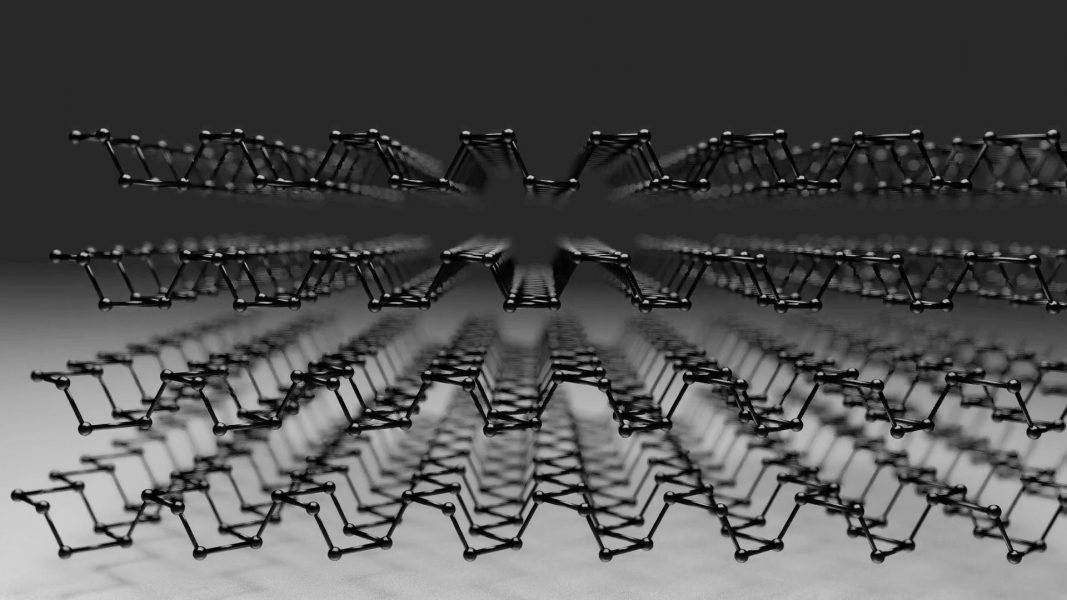Black phosphorus (BP) possesses extraordinary electronic properties, including a tunable bandgap that decreases with increasing layer number. However, there is one major drawback: BP is unstable in ambient conditions and quickly degrades.
In a review article in Advanced Materials, Yohannes Abate from the University of Georgia, Athens, and co-workers provide an overview of the progress made toward stabilizing BP for commercial applications.
Why is BP susceptible to degradation, and how does degradation occur?
Dr. Michael Snure: “The instability of BP under ambient conditions is attributed to its unstable bonding structure, where lone-pair electrons reside on phosphorus atoms. The degradation process is visible by the formation of small bubbles on the surface. These bubbles can continue to grow until saturation is reached, resulting in a thin, insulating oxide layer that can affect BP device performance. The oxidation process can be significantly delayed by isolating samples from light or by tuning the thickness of BP layers.”
Which strategies exist to slow the degradation process?
Prof. Yohannes Abate: “Surface passivation techniques have been shown to be effective in improving the stability of BP. For example, organic ligands or hybrid coatings can bind to the lone-pair electrons in phosphorus, preventing a chemical reaction from occurring. Encapsulating BP using van der Waals materials such as hexagonal boron nitride or graphite has also been shown to be effective.”
What are some of the promising technological applications of BP?
“One potential application is in BP transistors, which can be used in high-speed electronics and flexible electronics that actually can work all the way down to gigahertz frequencies. Compared to, for instance, graphene-based transistors, BP-based transistors promise better performance, including high on/off ratios and higher power gain.”
To find out more about the efforts to stabilize black phosphorus, please visit the Advanced Materials homepage.

















